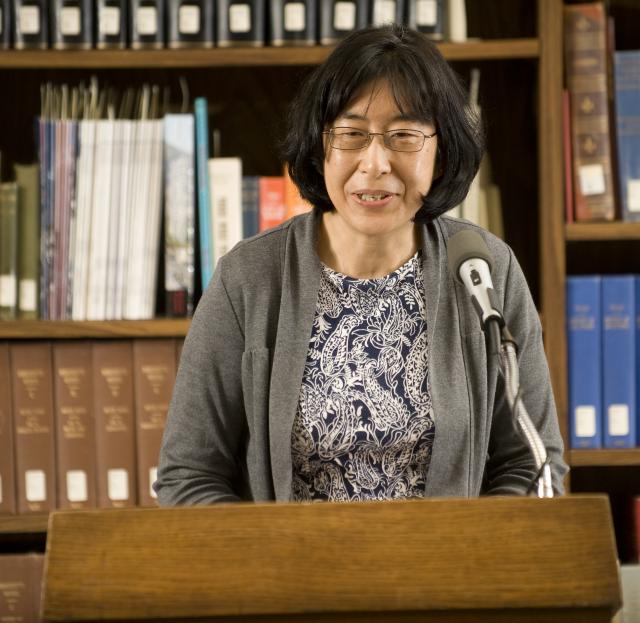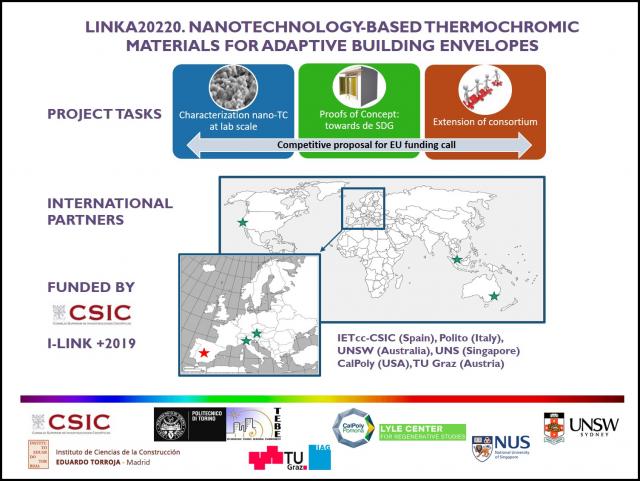Research

The Center actively supports research and outreach by Cal Poly Pomona faculty, students and staff that directly supports our mission of advancing principles of environmentally sustainable living. The Center offers space for conducting research projects and outreach programs, provides resources through their faculty fellowship program, and offers logistical support for facilitating grants and contracts.

Project Update (July 7, 2020) – An international network was created to increase research in the area of thermochromic materials. This networks should evolve into a wider multidisciplinary and multinational consortium for the development of nanotechnology-based thermochromic (nanoTC) materials. These adaptive building envelopes are a smart approach to improve the energy efficiency of buildings and reduce the environmental impact of urban areas. The network consortium includes six partners: Instituto de Ciencias de la Construccion in Madrid, Spain, Politecnico di Torino in Italy, University of New South Wales in Sydney, Australia, National University of Singapore, TU Graz, Graz University of Technology in Austria and the Lyle Center for Regenerative Studies at Cal Poly Pomona.
Thermochromic materials are smart materials characterized by a change in optical response with temperature. Their adaptive optical response to solar radiation has proven to be useful when implemented in building envelopes for improvement of energy efficiency and mitigation of the environmental impact of urban areas, such as heat island effect (UHI). Current approaches to implement thermochromic (TC) functionality in building materials are mainly based on vanadium oxide for glazing and organic pigments for paints and cement-based coatings. However, there is a clear need for research in innovative approaches to improve the energy conservation potential, optical contrast and, especially, the durability of TC functionality in outdoor conditions.
Development of nanoTC building materials will optimize the use of solar energy to mitigate economic, social and health problems related to energy and environmental impact of urban areas. In this context, the project will contribute to the 8th challenge of CSIC on Clean, Safe and Efficient Energy, as well as to several of the Sustainable Development Goals (SDG) defined by the United Nations to promote prosperity while protecting the planet, Goal 7 on “Affordable and Clean Energy” and Goal 11 on “ Sustainable cities and communities”. Implementation of TC functionality in construction systems for improvement of building energy efficiency is especially suitable in the case of regions with cold winters and warm summers. This extends the importance of this approach to the hot-summer Mediterranean climate mainly found around the Mediterranean Sea, but also characteristic in other regions around the world, as south-western Australia or sections of California and Oregon in the USA, among others.